Kyōsai: The Israel Goldman Collection at the Royal Academy of Arts
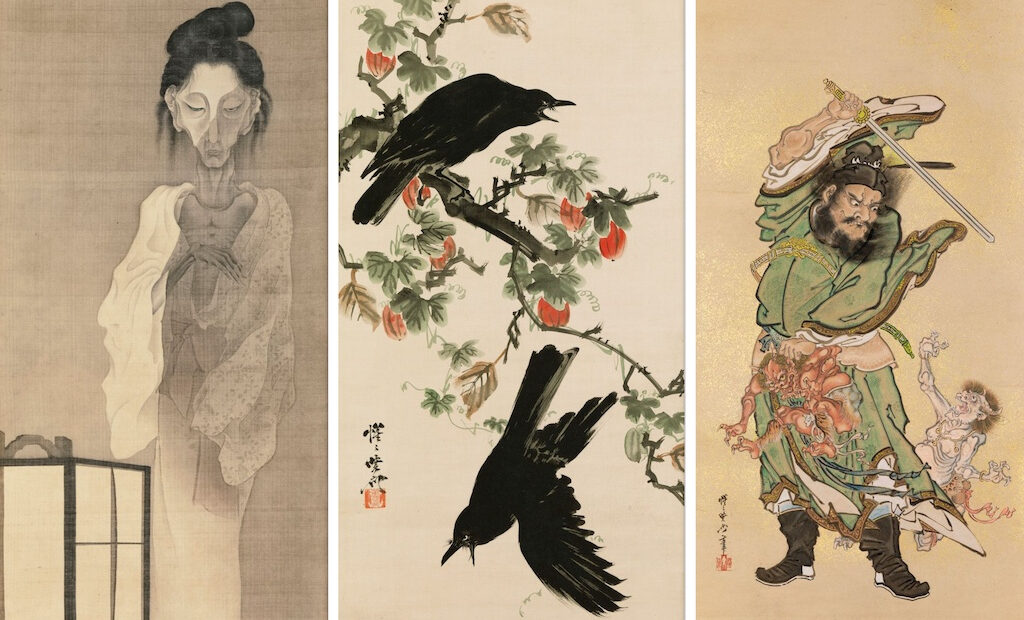
This new exhibition at the Royal Academy celebrates the work of Japanese artist Kawanabe Kyōsai. Taking inspiration from folklore and contemporary political events, Kyōsai often used animals to convey political sentiments. Their bulging, expressive eyes are a striking constant throughout his work, and are indicative of his often irreverent, humorous style.
The first room in this exhibition explores depictions of crows, frogs and demons, often painted with ink on silk. One of Kyōsai’s most important works, Night Procession of One Hundred Demons – in which cartoon-style demons (a mix of animal, human and etherial) parade in the dark and panic at the sight of the sun – is displayed along a black wall. This room introduces Kyōsai’s folklore and use of animals.
We learn about how the crow was his signature bird, and he identified the creature as “spreading” his art. This exhibition also houses Ghost, a haunting drawing of the artist’s late wife. We are shown the sketch for this work alongside the finished result, where a lantern’s light is used to fade part of the woman, as if she is already disappearing.
In the second room, the attention shifts to more political work. Information cards on the wall explain how Kyōsai used animals (primarily frogs) to avoid censorship whilst depicting battles – both real and allegorical – for the shift towards modernity and “Western tradition”. In Skeleton Shamisen Player in Top Hat with Dancing Monster a skeleton wears traditional Western dress (complete with a top hat) and plays music for a demon, but his samurai sword is still visible: his truth is still clear, even if he tries to hide it.
The third and final room reveals more about the artist himself. We learn about the 19th century Japanese tradition of artists painting in front of an audience, and collaborating on the same picture whilst drinking sake. Shoji Drinking Sake from a Large Jar, possibly a self-portrait, is a loose, drunken drawing, accompanied by a poem about the drink.
Kyōsai was also a shunga (erotic) artist, and this exhibition houses several of his more explicit works, including the Vagina Daruma, which reimagines the traditional doll as a vagina monster, three comic shunga pieces of various sexual positions, Monks and Acolytes, which is an orgy scene apparently poking fun at seemingly pious Buddhist monks, and the infamous Fart Battle.
This exhibition is short enough to leave viewers wanting more, but long enough to really learn something about this artist and the ideas he was portraying through his work. The display is balanced and gives a well-rounded view of Kyōsai’s talents and subject matter. We see his irreverent, comedic side, but also learn about the conflicts and anxieties he was sharing about a world that was in upheaval, and the struggle between tradition and modernity. This is a thoughtful, interesting exhibition that offers a great introduction to Kyōsai’s world and the artist himself.
Sophia Moss
Kyōsai: The Israel Goldman Collection is at the Royal Academy of Arts from 19th March until 19th June 2022. For further information visit the exhibition’s website here.




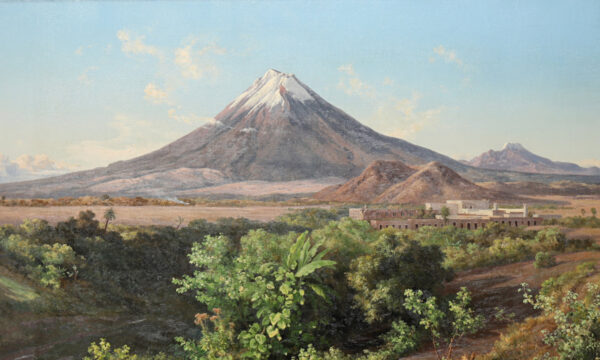
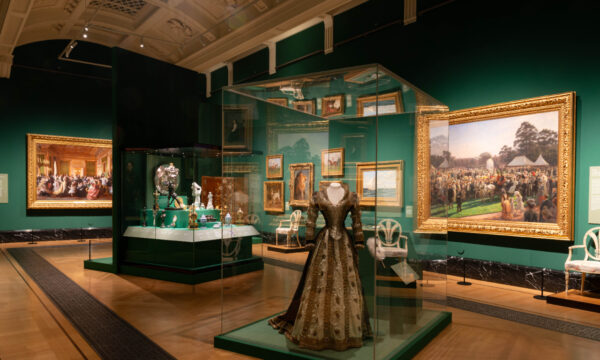
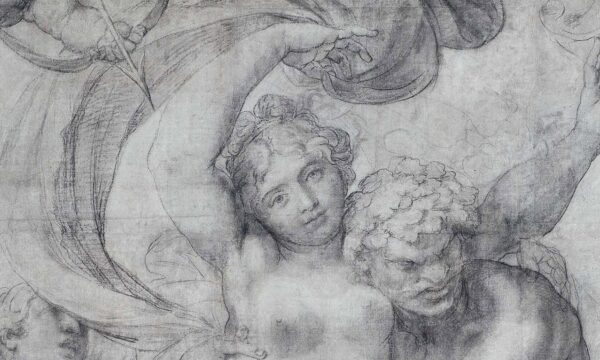
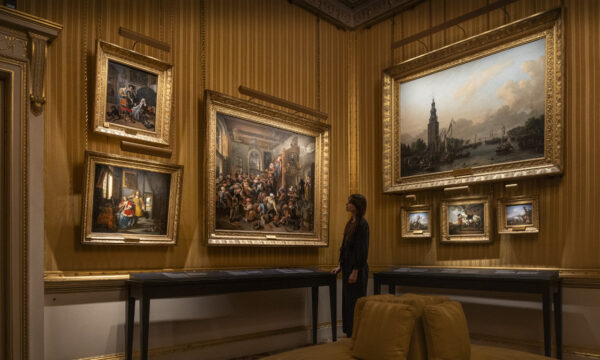
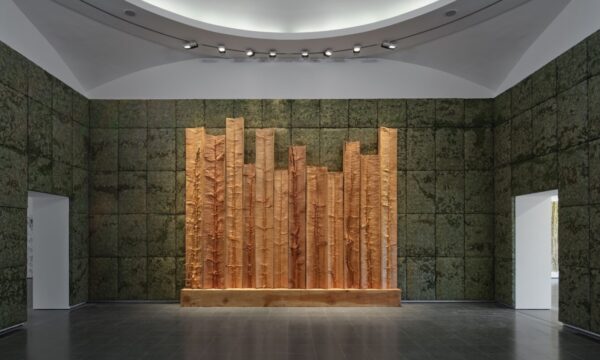
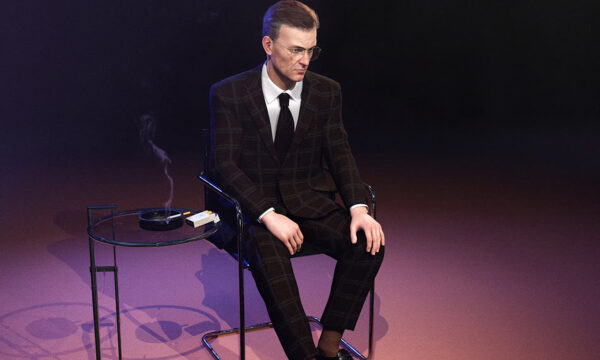
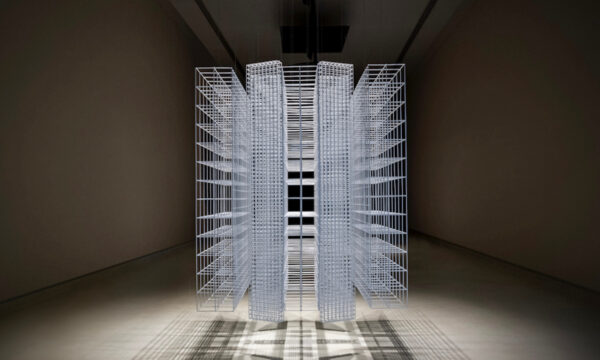
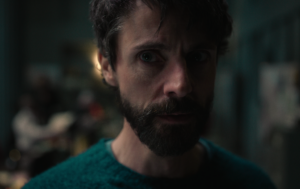
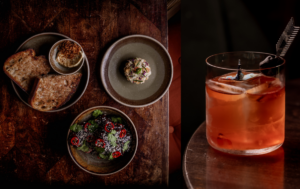
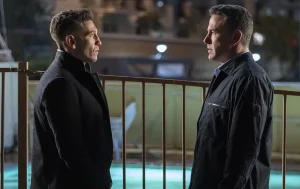
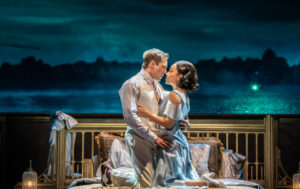

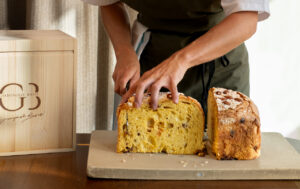

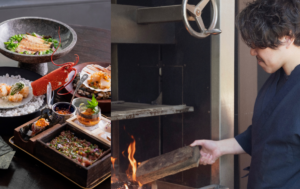



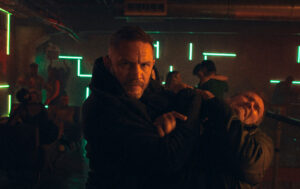
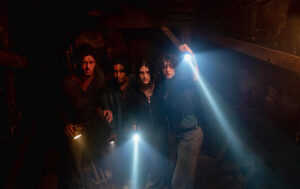
Facebook
Twitter
Instagram
YouTube
RSS